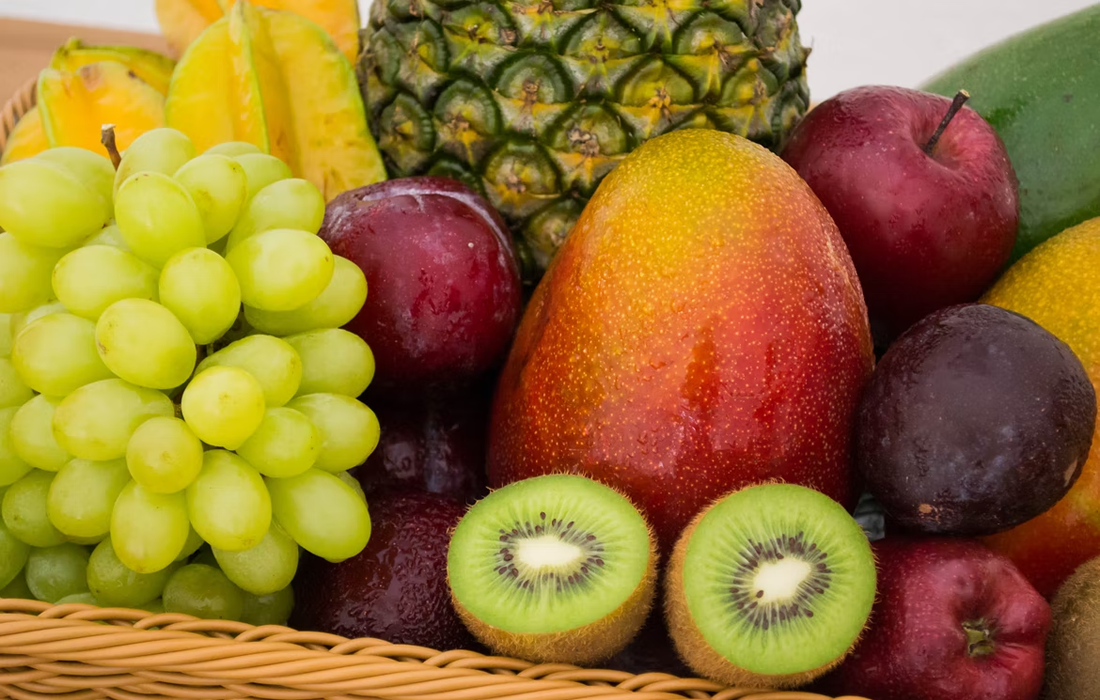Nutrition and Supplements
Fruit-rich Diet on Fatty Liver Disease
Non-alcoholic fatty liver disease (NAFLD) is characterized by an accumulation of fat in the hepatic parenchymal hepatocytes of more than 5% of the liver weight, without a history of high amounts of alcohol consumption.
This condition can cause steatosis and even inflammation, being able to cause necrosis, fibrosis, cirrhosis, and eventually even cancer.
It is the most prevalent liver disease worldwide, with an estimated prevalence of 25% in the total population currently, with the highest rate in South America and the Middle East. Medication for NAFLD is very limited and their long-term effects have not been well understood.
Dietary approaches have been recommended to improve the disease, including the Mediterranean diet, replacing saturated fatty acids with mono-unsaturated fatty acids and polyunsaturated fatty acids, reducing simple sugars, and increasing dietary fiber intake.
Recent studies have raised concerns regarding the consumption of fructose. In a recently published study, researchers evaluated the effect of a fruit rich diet in patients with NAFLD. The results appear in the Scandinavian Journal of Gastroenterology.
Worsening of Steatosis and Liver Enzymes with Fruit-Rich Diet
For the study, the team included a total of 80 adults diagnosed with NAFLD. The participants were randomly assigned to the fruit rich diet (FRD) group with consumption of at least 4 servings/day or the control group with consumption of less than 2 servings/day.
Steatosis grade, serum levels of liver enzymes, lipid profiles, fasting glucose levels, and insulin resistance were evaluated at baseline and at the end of the study.
At the end of the study, the researchers found that there was a significant increase in the body mass index (BMI), the grade of steatosis, liver enzymes, dyslipidemia, fasting glucose levels and insulin resistance in the study group.
The authors considered that their findings are due to the lipogenic potential of fructose. There is evidence that fructose leads to a greater increase in liver fat content than glucose. It is believed that this happens due to downregulation of fatty acid oxidation rather than its production, which induces the free fatty acids flux to the liver, increasing fat deposition. On the other hand, fructose may increase hepatic fat content through de novo lipogenesis from acetate.
The researchers suggest that it will be beneficial to perform a study to clarify the minimum and maximum values of fruit intake to give a better dietary recommendation to patients with NAFLD.
Source:
Alami F, Alizadeh M, Shateri K. The effect of a fruit-rich diet on liver biomarkers, insulin resistance, and lipid profile in patients with non-alcoholic fatty liver disease: a randomized clinical trial. Scand J Gastroenterol. 2022 Jun 16:1-12. doi: 10.1080/00365521.2022.2071109. Epub ahead of print. PMID: 35710164.
Image from:
Photo by Jonas Kakaroto on Unsplash

